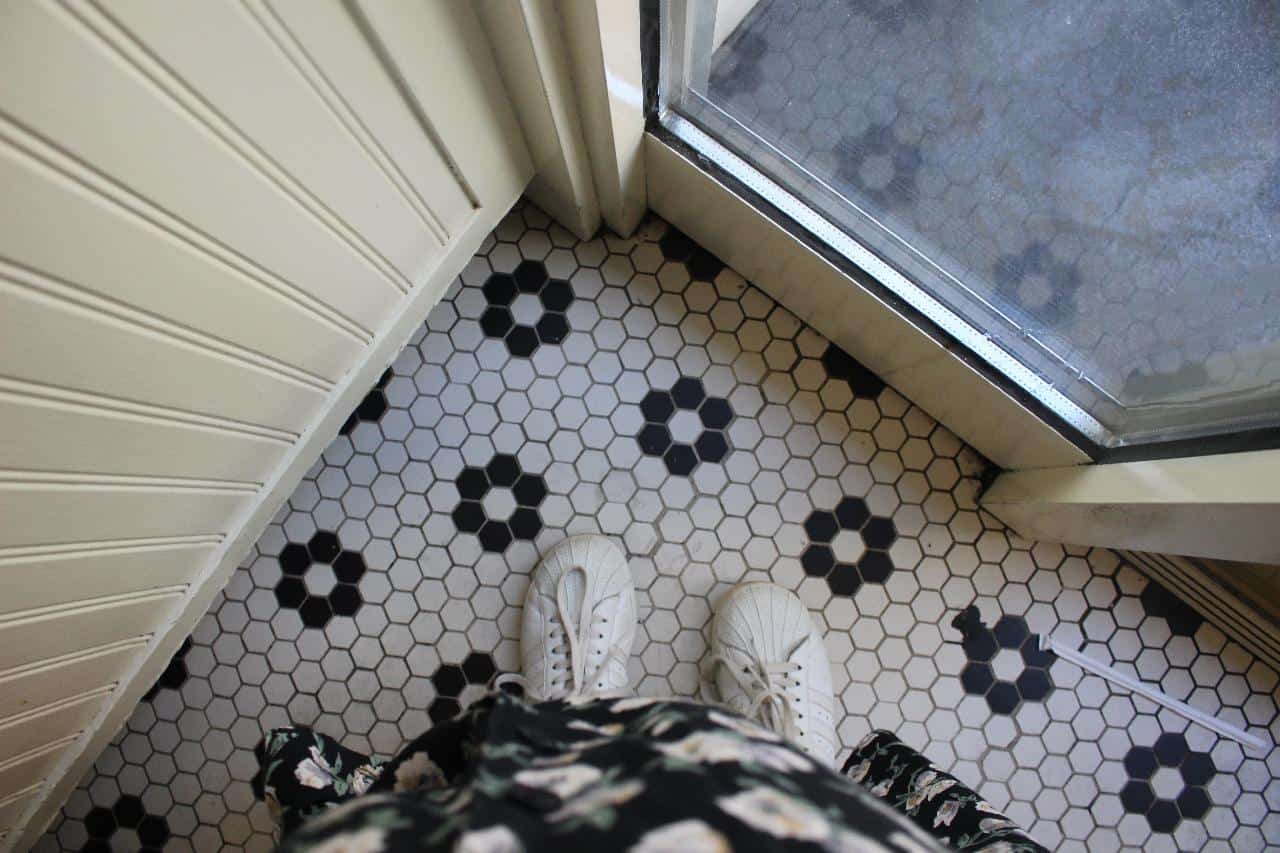Smart homes promise convenience and efficiency, but sometimes they can make life more complicated instead of easier. We’ve all been there – struggling with devices that won’t connect, automation routines gone haywire, or voice assistants that seem to have a mind of their own. These smart home integration errors can turn your high-tech haven into a frustrating maze of malfunctioning gadgets.
Remember when you thought setting up a smart home would be as easy as plugging in a toaster? Oh, how naive we were! It turns out that creating a truly integrated smart home is more like conducting an orchestra – every device needs to play its part in perfect harmony. When one instrument is out of tune, the whole symphony falls apart. Let’s explore some common smart home integration errors that can make you want to go back to the Stone Age of manual light switches and thermostats.
Recent research shows that smart home adoption is on the rise, but so are the challenges associated with integration. According to a 2023 study by GreenMatch, approximately 39% of UK households now have smart home products, with this number expected to grow to 50.2% by 2027. However, as more people embrace smart technology, they’re also encountering integration issues that can hinder the seamless experience they were hoping for.
Here’s a table outlining 10 common smart home integration errors, along with explanations and solutions:
| Error | Explanation | How to Fix |
|---|---|---|
| Compatibility Issues | Devices from different manufacturers don’t work together | Research compatibility before purchasing; use universal hubs or platforms like Matter |
| Wi-Fi Connectivity Problems | Devices struggle to maintain a stable internet connection | Optimize router placement, consider mesh networks or Wi-Fi extenders |
| Overloaded Network | Too many devices slowing down the network | Upgrade to a higher bandwidth plan, use separate networks for smart devices |
| Inconsistent Voice Control | Voice assistants misunderstand commands or respond inconsistently | Speak clearly, use specific commands, regularly update voice assistant software |
| Complex Automation Setups | Overly complicated routines that don’t work as intended | Simplify automations, test thoroughly, use if-then logic |
| Inadequate Power Supply | Battery-operated devices dying frequently | Use rechargeable batteries, consider hardwired options where possible |
| Lack of User-Friendly Interfaces | Confusing apps or control panels | Choose devices with intuitive interfaces, consolidate control to a single app if possible |
| Security Vulnerabilities | Weak passwords or outdated firmware leaving devices open to hacking | Use strong, unique passwords; enable two-factor authentication; keep firmware updated |
| Poor Integration with Existing Systems | Smart devices not working well with traditional home systems | Gradually replace old systems, ensure new devices are backward compatible |
| Insufficient User Training | Family members or guests unable to use smart features | Create simple guides, teach basic commands, set up guest modes |
As we navigate the brave new world of smart homes, it’s important to remember that technology is here to serve us, not the other way around. When you find yourself shouting at your smart speaker for the tenth time or frantically trying to turn off lights that keep turning themselves on, take a deep breath. Remember, even the smartest homes have their moments of rebellion.
In the end, the key to a truly smart home is patience, research, and a willingness to learn. With time and effort, you can iron out these integration errors and create a home that responds to your needs seamlessly. Just don’t be surprised if you find yourself occasionally longing for the simplicity of a good old-fashioned light switch!
Discover more from Futurist Architecture
Subscribe to get the latest posts sent to your email.


![modern apartment [article_title]](https://www.futuristarchitecture.com/wp-content/uploads/2025/03/Open-Floor-Plan-Tips-That-Will-Make-Your-Studio-Apartment-900x600.jpg)
